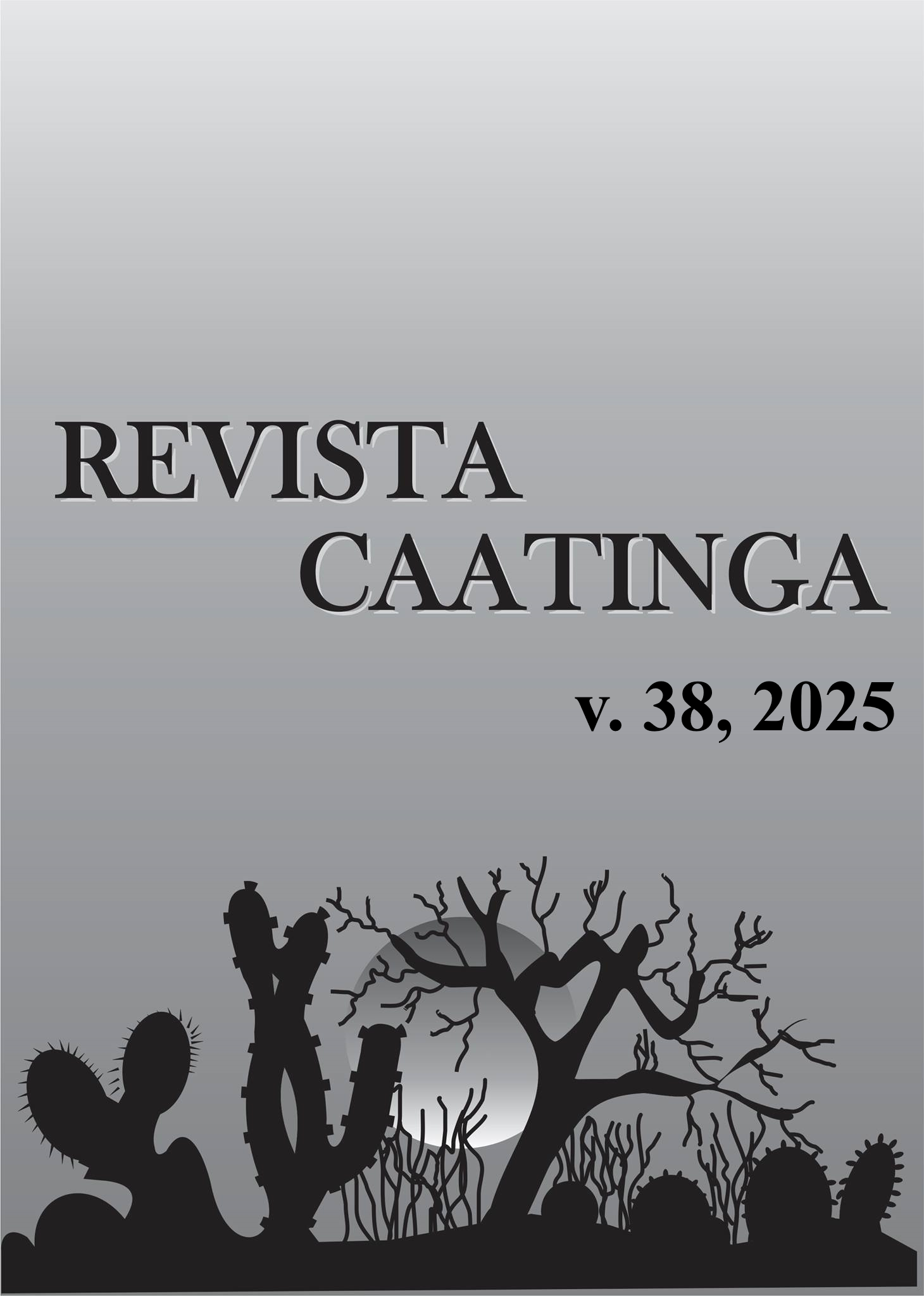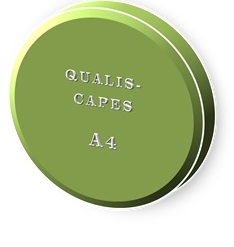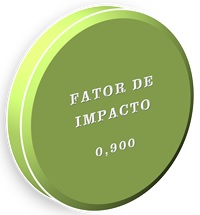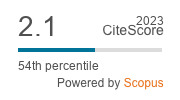Correlação entre parâmetros bioquímicos séricos e composição do colostro e do leite de suínas lactantes
DOI:
https://doi.org/10.1590/1983-21252025v3812911rcPalavras-chave:
Monitorização. Porcas. Produção animal. Saúde animal.Resumo
Monitorar os parâmetros bioquímicos séricos do sangue, colostro e leite de fêmeas durante e após o parto visa orientar e entender o estado fisiológico, nutricional e de saúde em suínos no periparto. Assim, objetivou-se analisar e correlacionar parâmetros bioquímicos séricos e a composição do colostro e leite de fêmeas suínas lactantes. Colostro, leite e sangue de 13 matrizes suínas foram coletados em dois momentos: após o nascimento do primeiro filhote antes de mamar (M1) e 72 horas após M1 (M2). Nas amostras de colostro e leite, concentrações de proteína bruta (CP), teor de gordura (FAT), lactose (LAC), sólidos não gordurosos (NFS), sólidos totais (TS) e a atividade de gama glutamiltransferase (GGT) foram determinados. Os perfis bioquímicos sanguíneos analisados foram: GGT, glicose (GLU), colesterol total (COL), triglicerídeos (TRI), creatina quinase (CK), proteína total (TP), albumina (ALB), globulinas (GLO) e a razão albumina/globulina (A/G). Análises descritivas e de correlações foram realizadas com o programa estatístico SAS (9.3). Diferenças significativas foram observadas na composição do colostro e do leite. O COL e a CK no sangue mostraram diferenças significativas entre M1 e M2. Não houve correlação (P>0,05) entre os paramentos bioquímicos séricos com os parâmetros bromatológicos do colostro. A ALB correlacionou positivamente com LAC e NFS. A GLO correlacionou negativamente com LAC e NFS. A relação A/G apresentou correlação positiva com LAC. Essas correlações sugerem que o monitoramento dos parâmetros bioquímicos séricos pode ser útil para a vigilância da saúde das suínas lactantes e para avaliar a qualidade do colostro e leite.
Downloads
Referências
BAROZA, P. F. J. et al. Perfil bioquímico e proteinograma do soro lácteo de cabras e vacas nos primeiros 30 dias após o parto. Medicina Veterinária, 13: 498-505, 2019.
BELINSKAIA, D. A.; VORONINA, P. A.; GONCHAROV, N. V. Integrative Role of Albumin: Evolutionary, Biochemical and Pathophysiological Aspects. Journal of Evolutionary Biochemistry and Physiology, 57: 1419-1448, 2021.
CHEN, J. et al. The Effects of Dietary Supplementation of Saccharomyces cerevisiae Fermentation Product During Late Pregnancy and Lactation on Sow Productivity, Colostrum and Milk Composition, and Antioxidant Status of Sows in a Subtropical Climate. Frontiers in Veterinary Science, 7: 1-9, 2020.
DJOKOVIC, R. et al. Relationship among Blood Indicators of Hepatic Function and Lipid Content in the Liver during Transitional Period in High-Yielding Dairy Cows. Acta Scientiae Veterinariae, 41: 1-6, 2013.
GOECKE, N. B. et al. Objective pathogen monitoring in nursery and finisher pigs by monthly laboratory diagnostic testing. Porcine Health Management, 6: 1-14, 2020.
GONZÁLEZ, D. F. H.; SILVA, S. C. Introdução à bioquímica clínica veterinária. 3. ed. Porto Alegre, RS: Editora da UFRGS, 2017. 538 p.
HURLEY, W. L. Composition of sow colostrum and milk. In: FARMER, C. (Ed.). The Gestating and Lactating Sow. Wageningen, GE: Wageningen Academic Publishers, 2015. v. 1 , cap. 9, p. 193-229.
HURLEY, W. L.; THEIL, P. K. Perspectives on immunoglobulins in colostrum and milk. Nutrients, 3: 442-474, 2011.
INDRIO, F. et al. Development of the Gastrointestinal Tract in Newborns as a Challenge for an Appropriate Nutrition: A Narrative Review. Nutrients, 14: 1-14, 2022.
KANEKO, J. J.; HARVEY, J. W.; BRUSS, M. L. Clinical Biochemistry of Domestic Animals, 6. ed. San Diego, California: Academic Press, 2008. 916 p.
KOSTER, J. et al. Prediction of metabolic clusters in early-lactation dairy cows using models based on milk biomarkers. Journal of Dairy Science, 102: 2631-2644, 2019.
MACIAG, S. S. et al. On the influence of the source of porcine colostrum in the development of early immune ontogeny in piglets. Scientific Reports, 12: 1-16, 2022.
MARTIN, C. R.; LING, P. R.; BLACKBURN, G. L. Review of infant feeding: key features of breast milk and infant formula. Nutrients, 8: 1-11, 2016.
MOHAMED, G. A. E. Investigation of some enzymes level in blood and milk serum in two stages of milk yield dairy cows at assiut city. Assiut Veterinary Medical Journal, 60: 110-120, 2014.
MOREIRA, R. H. R. et al. Variability of piglet birth weights: A systematic review and meta‐analysis. Journal of Animal Physiology and Animal Nutrition, 104: 657-666, 2019.
MUKAKA, M. M. Statistics corner: A guide to appropriate use of correlation coefficient in medical research. Malawi Medical Journal, 24: 69-71, 2012.
MUNS, R.; NUNTAPAITOON, M.; TUMMARUK, P. Non-infectious causes of pre-weaning mortality in piglets. Livestock Science, 184: 46-57, 2016.
NOZAD, S. et al. Relationship between blood urea, protein, creatinine, triglycerides and macro-mineral concentrations with the quality and quantity of milk in dairy Holstein cows. Veterinary Research Forum, 3: 55-59, 2007.
PEDERSEN, L. J. Overview of commercial pig production systems and their main welfare challenges. In: CAMERLINK, I.; BAXTER, E. M. (Eds.). Advances in Pig Welfare. Cambridge, United Kingdom: Woodhead Publishing, 2018. cap. 1, p. 3-25.
PELTONIEMI, O. et al. Coping with large litters: the management of neonatal piglets and sow reproduction. Journal of Animal Science and Technology, 63: 1–15, 2021.
QUESNEL, H.; FARMER, C.; DEVILLERS, N. Colostrum intake: Influence on piglet performance and factors of variation. Livestock Science, 146: 105-114, 2012.
ROTHKÖTTER, H. J.; SOWA, E.; PABST, R. The pig as a model of developmental immunology. Human & Experimental Toxicology, 21: 533-536, 2002.
THEIL, P. K.; LAURIDSEN, C.; QUESNEL, H. Neonatal piglet survival: impact of sow nutrition around parturition on fetal glycogen deposition and production and composition of colostrum and transient milk. Animal, 8:1021-1030, 2014.
THEIL, P. K. et al. Mechanistic model to predict colostrum intake based on deuterium oxide dilution technique data and impact of gestation and prefarrowing diets on piglet intake and sow yield of colostrum. Journal of Animal Science, 92: 5507-5519, 2014.
THEIL, P. K.; HURLEY, W. L. The protein component of sow colostrum and milk. In: GIGLI, I. (Ed.). Milk proteins: from structure to biological properties and health aspects. Rijeka, HRV: IntechOpen, 2016, v. 1, cap. 9, p. 183-198.
TIAN, Z. et al. Transcriptional regulation of milk fat synthesis in dairy cattle. Journal of Functional Foods, 96: 1-8, 2022.
TOPIGS NORSVIN. TN70 FEED MANUAL: Tips and advice for TN70, 2023. Available at: . Access on: May. 30, 2024
TSAI, Y. J. et al. Monitoring the lactation-related behaviors of sows and their piglets in farrowing crates using deep learning. Frontiers in Animal Science, 5: 1-16, 2024.
YAN, L.; MENG, Q. W.; KIM, I. H. Effect of an herb extract mixture on growth performance, nutrient digestibility, blood characteristics, and fecal microbial shedding in weanling pigs. Livestock Science, 145: 189-195, 2012.
ZANELLO. G. et al. Effects of dietary yeast strains on immunoglobulin in colostrum and milk of sows. Veterinary Immunology and Immunopathology, 152: 20-27, 2013.
Downloads
Publicado
Edição
Seção
Licença
Os Autores que publicam na Revista Caatinga concordam com os seguintes termos:
a) Os Autores mantêm os direitos autorais e concedem à revista o direito de primeira publicação, com o trabalho simultaneamente licenciado sob a Licença Creative Commons do tipo atribuição CC-BY, para todo o conteúdo do periódico, exceto onde estiver identificado, que permite o compartilhamento do trabalho com reconhecimento da autoria e publicação inicial nesta revista, sem fins comerciais.
b) Os Autores têm autorização para distribuição não-exclusiva da versão do trabalho publicada nesta revista (ex.: publicar em repositório institucional ou como capítulo de livro), com reconhecimento de autoria e publicação inicial nesta revista.
c) Os Autores têm permissão e são estimulados a publicar e distribuir seu trabalho online (ex.: em repositórios institucionais ou na sua página pessoal) a qualquer ponto antes ou durante o processo editorial, já que isso pode gerar alterações produtivas, bem como aumentar o impacto e a citação do trabalho publicado (Veja O Efeito do Acesso Livre).







